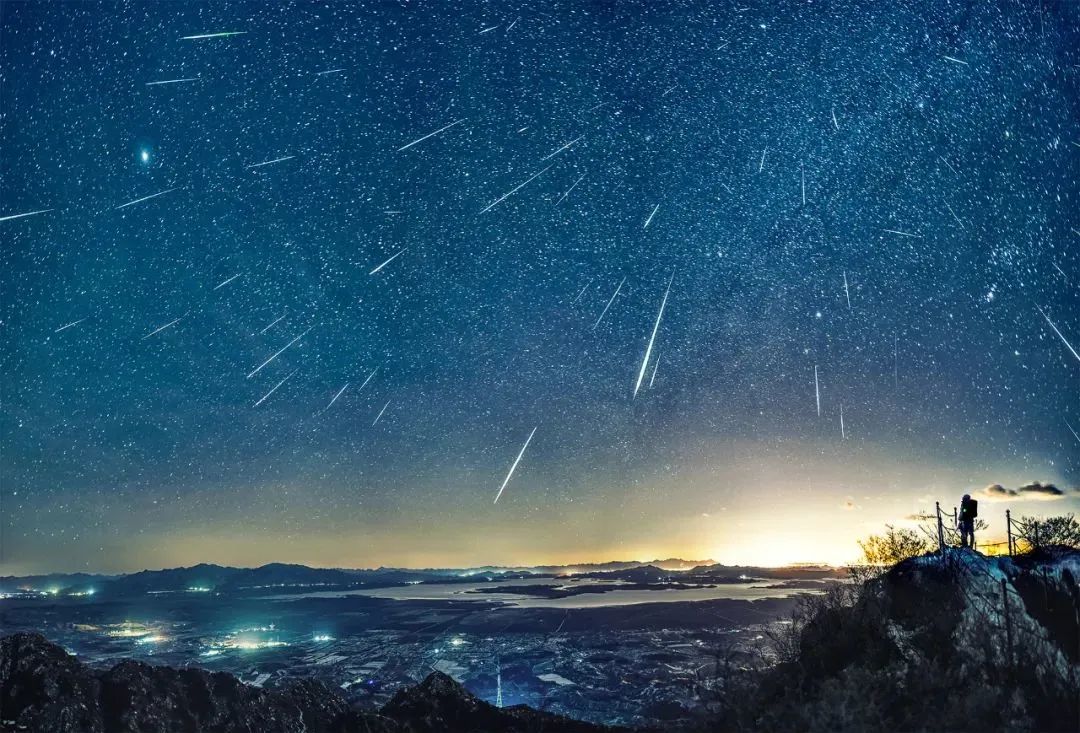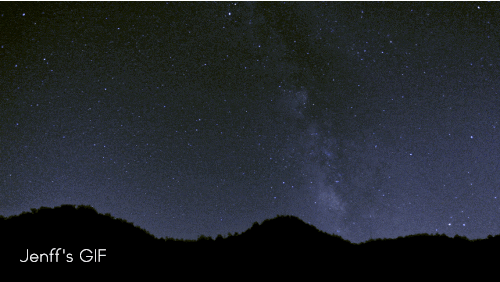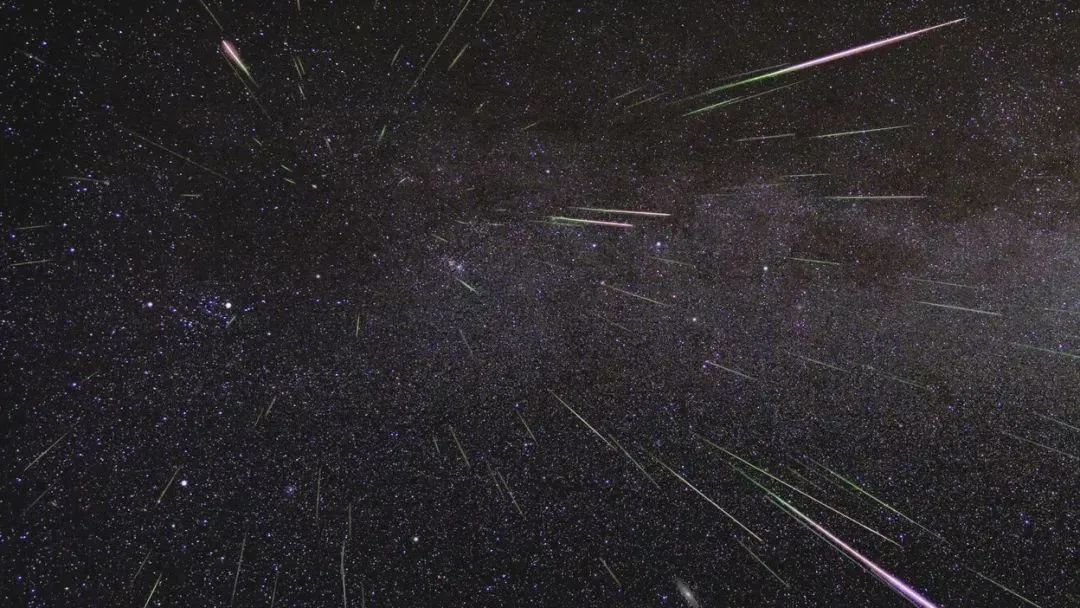most brilliant scenery of starry sky in this summer
As early as the year 36 AD, Chinese historical records documented the appearance of over 100 meteors of the Perseid meteor shower. Detailed records also exist from Japan and Korea in the eighth to eleventh centuries, While few records from the twelfth to nineteenth centuries. The Perseid meteor shower’s regular annual appearance was first recorded in 1835.In 1839, it was documented that up to 160 Perseid meteors could be seen per hour.

In the early twentieth century, there was a decreasing trend in the number of the Perseid , and even in 1911, it dropped to only 4 meteors per hour. Just as people were suspecting whether the Perseid had come to an end, it erupted again. In 1920, the Perseid meteor shower reached over 200 meteors per hour. In the following years, it went through several periods of reduced activity, but in 1931 and 1945, it reached scales of 160 and 189 meteors per hour respectively. Later, there were no exceptional occurrences until the 1960s. During 1966-1975, it averaged about 65 meteors per hour, and during 1976-1983, it averaged about 90 meteors per hour. In 1983, it reached a peak of 187 meteors per hour. There are records indicating that in 1993, an astonishing number of 200-500 meteors per hour was observed.
The radiant point of the Perseids is near the star Perseid-γ, hence it is also called the Perseid-γmeteor shower. Its source is debris from the Swift-Tuttle comet, which passes near Earth every 133 years. These meteors are extremely fast and very bright, sometimes exhibiting color changes visible to the naked eye, such as green or red streaks. The Perseid meteors often leave persistent trails, with dozens of them streaking across the sky with “tails,” creating a romantic and spectacular display. This is also the reason why the Perseids is popular regardless of ancient and modern times.

Observation Guide:
1. The Perseids is one of the three major Meteor shower in the Northern Hemisphere. Compared with the quadrant Meteor shower at the beginning of the year and the Geminids at the end of the year, The Perseid meteor shower occurs during the warm summer days, making it a popular event among astronomy enthusiasts.
2. The Perseid meteor shower in 2023 will last from July 15th to September 1st, with the peak period expected to occur between the evening of August 13th and the early morning of August 14th. The evening of August 13th is the best time to observe the Perseid meteor shower. It is predicted that there may also be a decent meteor shower on the night of August 12th to the early hours of August 13th. The peak of the 2023 shower coincides with the new moon, with only 10% lunar brightness, so moonlight will have minimal impact on observations. Depending on your latitude and observation time, you might see dozens to over a hundred meteors per hour.
3. Observing the Perseid meteor shower doesn’t require any specialized equipment. Try to get away from the city to a relatively open and dark area. Keep your eyes wide open and wait patiently – you’ll have a good chance of seeing meteors. Meteor showers are not as dense as rain. In clear weather, you might see 1-2 meteors streak across the sky every few minutes, with most meteors lasting less than 1 second. So, be sure to make your wishes in advance!




